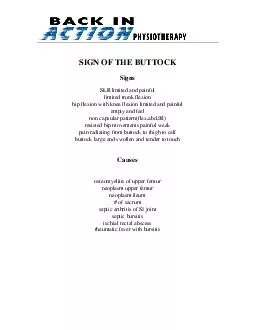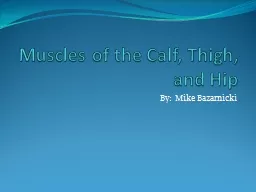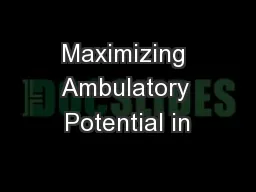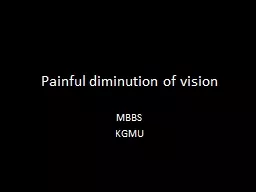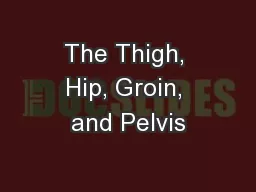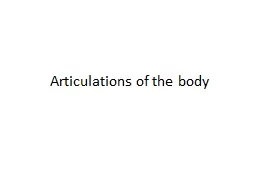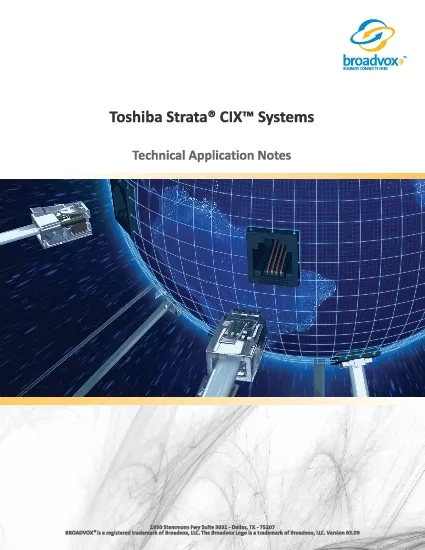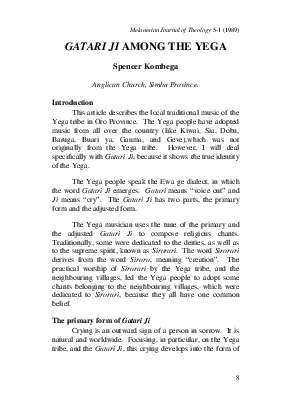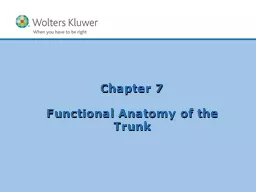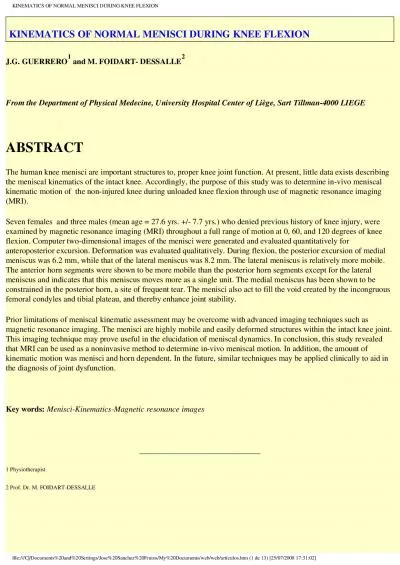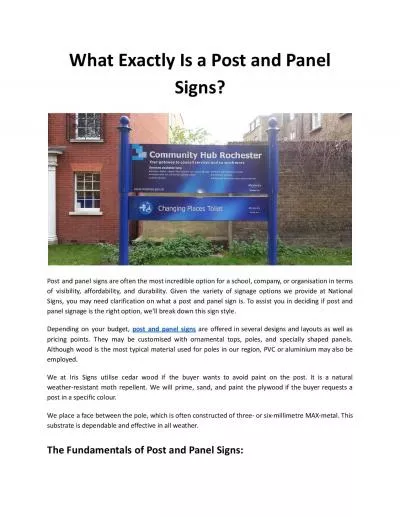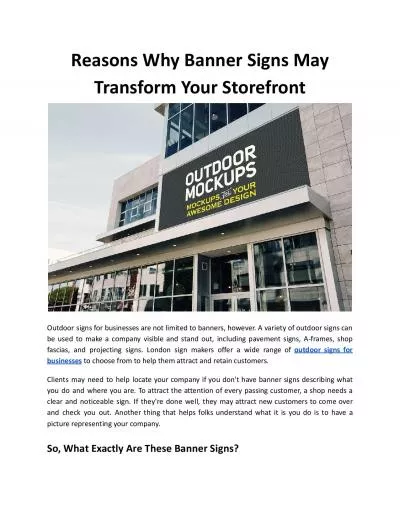PDF-SIGN OF THE BUTTOCK Signs SLR limited and painful limited trunk flexion hip fle
Author : debby-jeon | Published Date : 2015-03-20
This movement small in amplitude occurs slowly is known as creep This appears to be due to gradual re arrangement of collagen f ibres proteoglycans and water in
Presentation Embed Code
Download Presentation
Download Presentation The PPT/PDF document "SIGN OF THE BUTTOCK Signs SLR limited an..." is the property of its rightful owner. Permission is granted to download and print the materials on this website for personal, non-commercial use only, and to display it on your personal computer provided you do not modify the materials and that you retain all copyright notices contained in the materials. By downloading content from our website, you accept the terms of this agreement.
SIGN OF THE BUTTOCK Signs SLR limited and painful limited trunk flexion hip fle: Transcript
Download Rules Of Document
"SIGN OF THE BUTTOCK Signs SLR limited and painful limited trunk flexion hip fle"The content belongs to its owner. You may download and print it for personal use, without modification, and keep all copyright notices. By downloading, you agree to these terms.
Related Documents

